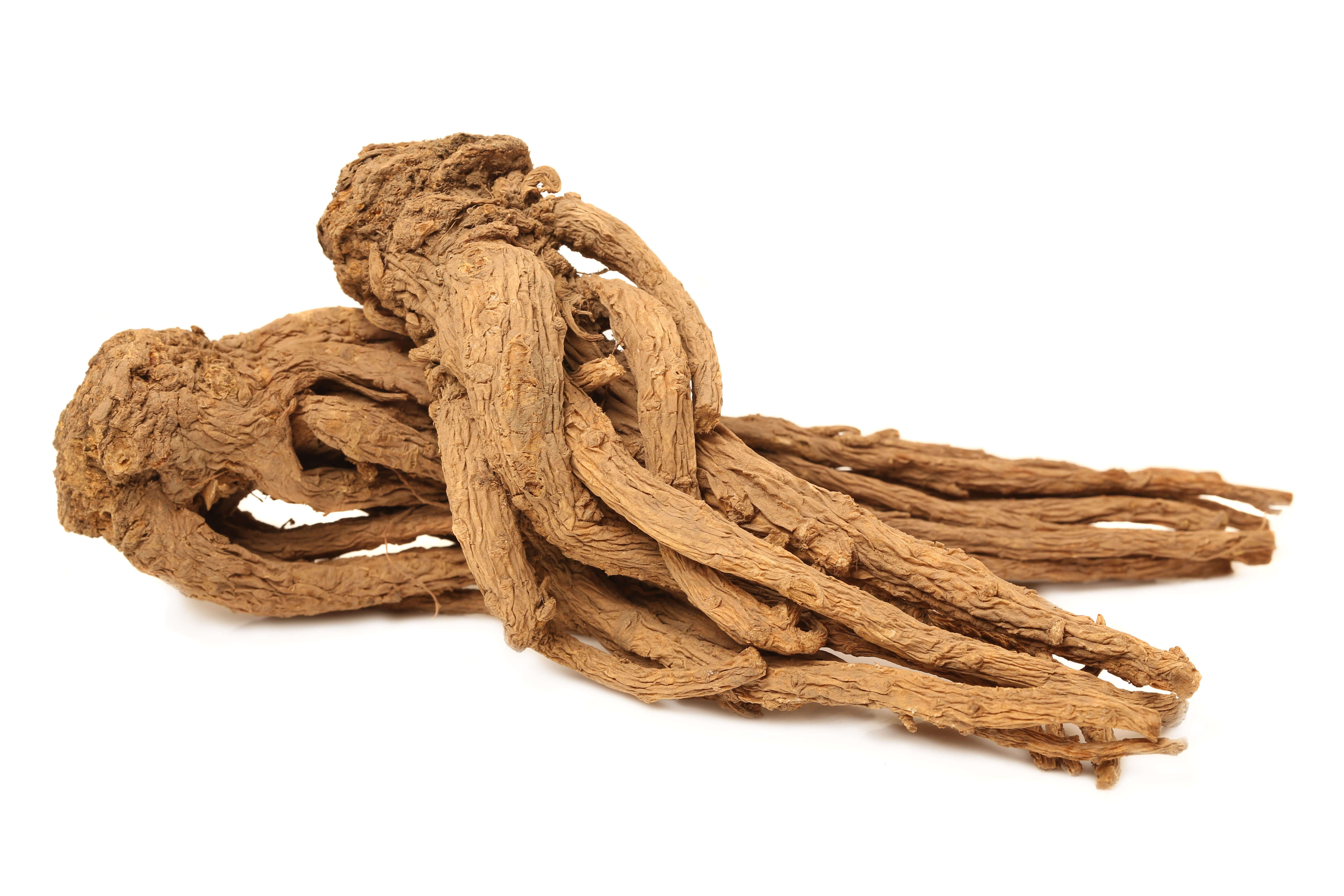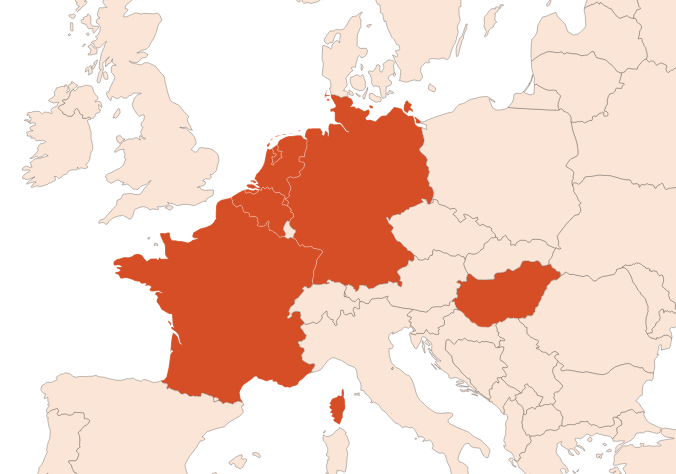Angelica Root EO
Naturelle
Green > Crisp Green > Coniferous > Earthy > Anisic

Crédits photo: ScenTree SAS
Latin name :
Angelica archangelica
Botanical profile :
Angelica is a herbaceous plant of the family Apiaceae and the genus Angelica.
Geographic origin :
Cultivated in majority in France, the Netherlands, Germany, Hungary and in Belgium (Northern Europe)
Chemotypes :
There are several varieties of Angelica:
Angelica Archangelica, mainly from Northern Europe.
Angelica Sylvestris, wild variety of Central and Northern Europe.
Angelica Glauca, a variety from the western Himalayas, with a close smell of celery.
Angelica Tschimganica, native to Central Asia.
Angelica Archangelica, mainly from Northern Europe.
Angelica Sylvestris, wild variety of Central and Northern Europe.
Angelica Glauca, a variety from the western Himalayas, with a close smell of celery.
Angelica Tschimganica, native to Central Asia.
Extraction process :
It is possible to extract an essential oil from all parts of the plant (fruits, leaves, stems, roots). In July, flowers appear at the top of the stems, as well as long and flattened fruits, allowing to collect the seeds.
The resulting essential oil is extracted after at least 2 years of growth and is more expensive than the essential oil collected using the roots. Roots are collected, milled and dried at room temperature to maintain the quality of the EO. Oven drying is not recommended. Then, the steam distillation takes place with an optimal distillation ratio of 1 volume roots for 4 volumes water. The essential oil is collected at the end of the process by decantation in a florentine vase.
The resulting essential oil is extracted after at least 2 years of growth and is more expensive than the essential oil collected using the roots. Roots are collected, milled and dried at room temperature to maintain the quality of the EO. Oven drying is not recommended. Then, the steam distillation takes place with an optimal distillation ratio of 1 volume roots for 4 volumes water. The essential oil is collected at the end of the process by decantation in a florentine vase.
Major Components :
Alpha-Pinene (25-30%)
Delta-3-Carene (15-20%)
D-Limonene (10-15%)
Para-Cymene (≈6%)
Myrcene (≈5%)
Coumarin (≈2%)
Can contain beta-Phellandrene according to the varieties (30% min.)
Delta-3-Carene (15-20%)
D-Limonene (10-15%)
Para-Cymene (≈6%)
Myrcene (≈5%)
Coumarin (≈2%)
Can contain beta-Phellandrene according to the varieties (30% min.)
- Uses in perfumery :
- Used in fine fragrance for floral notes such as rose, carnation or chypre accords
- Other comments :
- The essential oil naturally contains several musks, including Exaltolide® and Muscolide®, an oxidation product of Muscone®.
Potential adulteration: addition of Angelica Stem EO in order to increase production volumes. More rarely, it is possible to find Elemi EO because it readjusts the optical rotation of the EO. The EO smell is very different depending on the part of the plant that is used to obtain it.
The name ''Angelica '' comes from Latin ''Angelus '' which means ''Angel ''. - Volatility :
- Heart
- Appearance :
- Pale yellow to brown liquid
- Stability :
- Solubility issues in perfumes
The terpenes identified in this raw material can polymerize when they are oxidized - Price Range :
- €€€€€
- Aromatherapy :
Informations provided below are taken from reference works in aromatherapy. They are given for information purposes only and can not constitute medical information, nor engage the responsibility of ScenTree.
The Angelica root is renowned for its sedative (against anxiety) and anticoagulant virtues. Its use is recommended in cases of spasmodic enterocolitis (inflammation of the stomach and intestine mucosa), anxiety, insomnia or nervous fatigue.

Crédits photo: ScenTree SAS
- EINECS number :
- 84775-71-7
- FEMA number :
- 2088
- Allergens :
- D-Limonene - Linalool
- IFRA :
- This ingredient is not restricted
To learn more about IFRA's standards : https://ifrafragrance.org/safe-use/library
ScenTree is solely responsible for the information provided here.

